Last month, I wrote about metal wheelsets offered in HO scale. In this guide to N scale metal wheelsets, I’ll cover the options available for those who model in 1:160 proportion.
The case for metal wheelsets
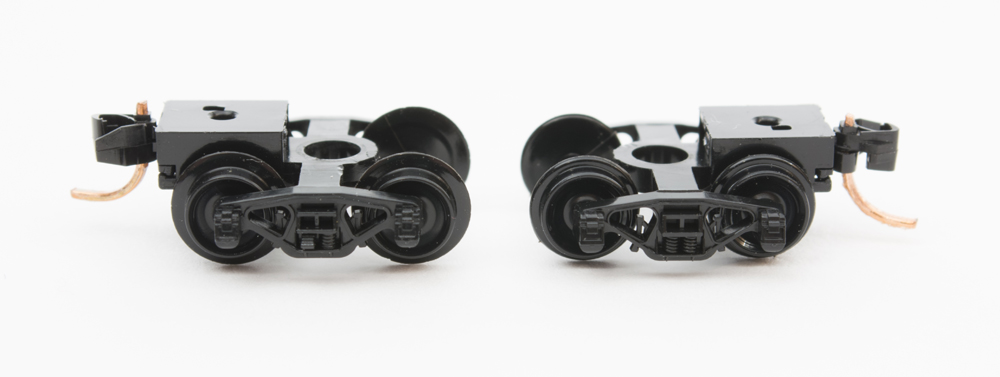
N scale wheelsets have come a long way since the 1960s and 1970s. For many years, Micro-Trains N scale cars featured one-piece plastic wheelsets with oversized flanges, dubbed “pizza cutters” by modelers. While the wheelsets worked well on code 80 track (track with rails .080″ tall), they proved problematic on code 55 (.055″-tall) rail, which has gained in popularity for its closer-to-scale appearance. The oversized flanges bump the molded spike heads on the track.
Micro-Trains later switched to plastic wheelsets with shallow flanges, which performed well on code 55 track. You can see the differences in flanges in the photo above. Some of the latest freight cars offered by Micro-Trains are fitted with metal wheelsets.
As I noted in last month’s story, plastic wheelsets do have some advantages. Since the wheels and axle are cast as a single unit, they’ll stay in gauge. Also, because plastic isn’t magnetic, they wheelsets won’t be attracted to nearby uncoupling magnets, which may cause freight cars to uncouple.
The drawback of plastic is that it’s non-conductive, causing the wheelsets to develop a static charge. Over time this causes dirt and dust to accumulate on the wheel treads.
The advantages of N scale metal wheelsets are the same as in HO scale. The metal wheels rolling on metal rails creates friction, which helps polish both surfaces. In addition, the metal wheelsets add extra weight to freight cars and helps lower the center of gravity.
Wheel size and axle length
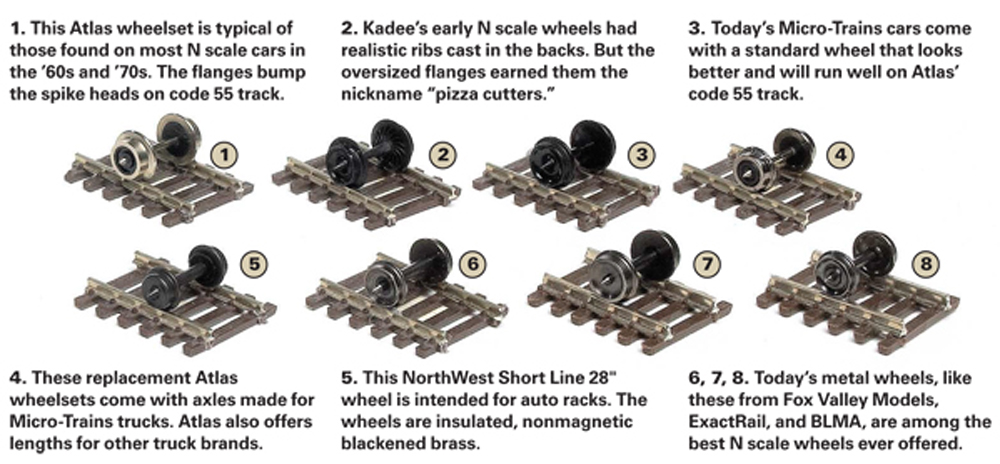
Though metal wheelsets have been around since the early days of N scale, the initial offerings were pretty crude by today’s standards. The flanges were oversized, and the face and back of the wheels didn’t look much like what was found on prototype rolling stock. The examples above are from Jim Kelly’s story “Wheel quality keeps rolling” on Trains.com.

Today’s N scale metal wheelsets look more like their prototype counterparts. Many of the current offerings are chemically darkened. Some even have shiny treads. Those that aren’t darkened can easily be painted, a topic covered many times over the years in Model Railroader magazine.

There are plenty of N scale metal wheelsets on the market. However, this isn’t a one-size-fits all world. The first thing you’ll want to check for is wheel size. Here are the general rules for freight car wheel sizes:
- 28”-diameter wheels — modern auto racks
- 33”-diameter wheels — 70-ton capacity or less (and most cabooses)
- 36”-diameter wheels — 100- and 110-ton capacity cars
- 38”-diameter wheels — Intermediate wheelsets on articulated 125-ton capacity well cars (end trucks have 33”-diameter wheels)
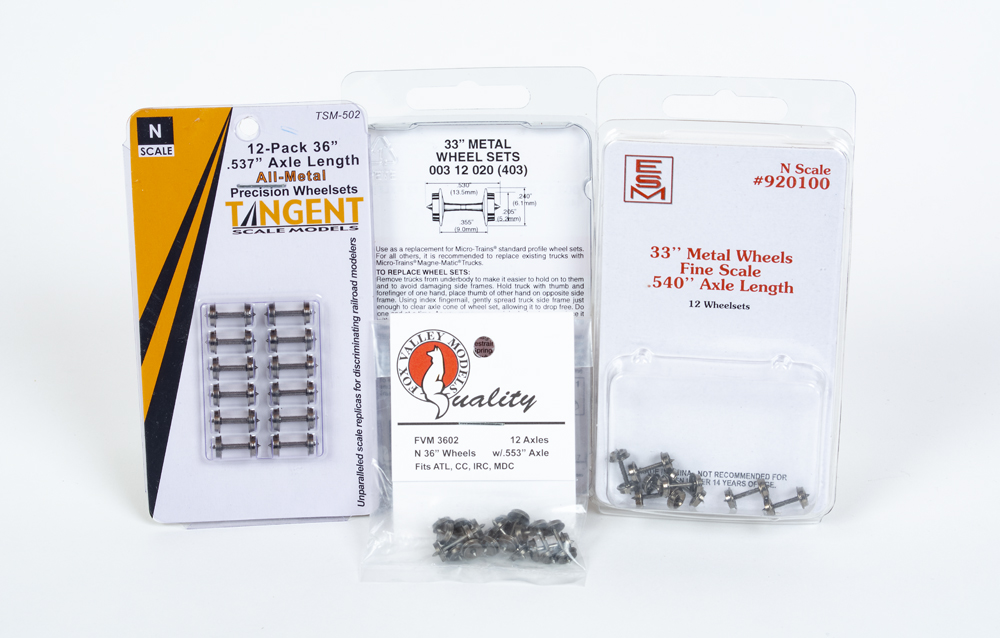
Wheel size is only one part of the equation when purchasing N scale metal wheelsets. The other is axle length. Most manufacturers specify the axle length on the packaging or list the brands of trucks the wheelsets are designed for (Fox Valley Models does both). If the axle length isn’t specified, use calipers to measure the distance between the axle tips.
Where to find N scale metal wheelsets
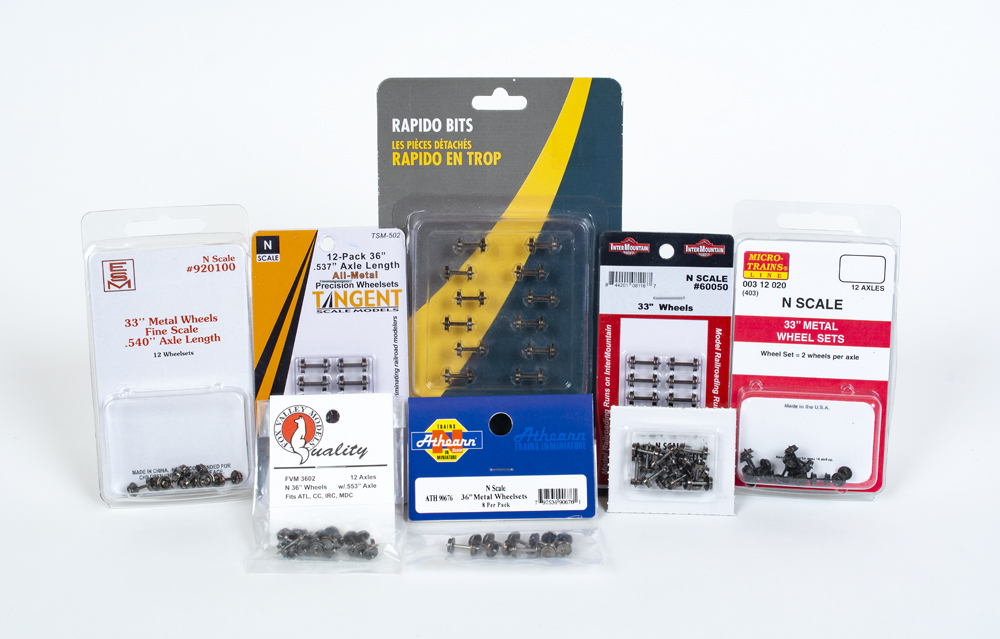
The following is a list of companies that produce N scale metal wheelsets. If we’ve omitted any manufacturers, please let us know in the comments field below.
Fox Valley Models (now ScaleTrains)







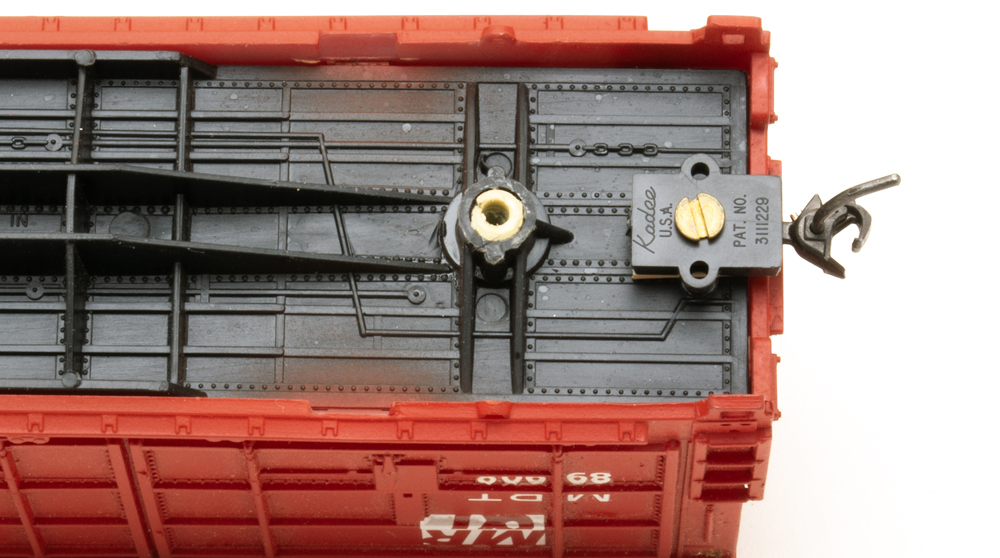
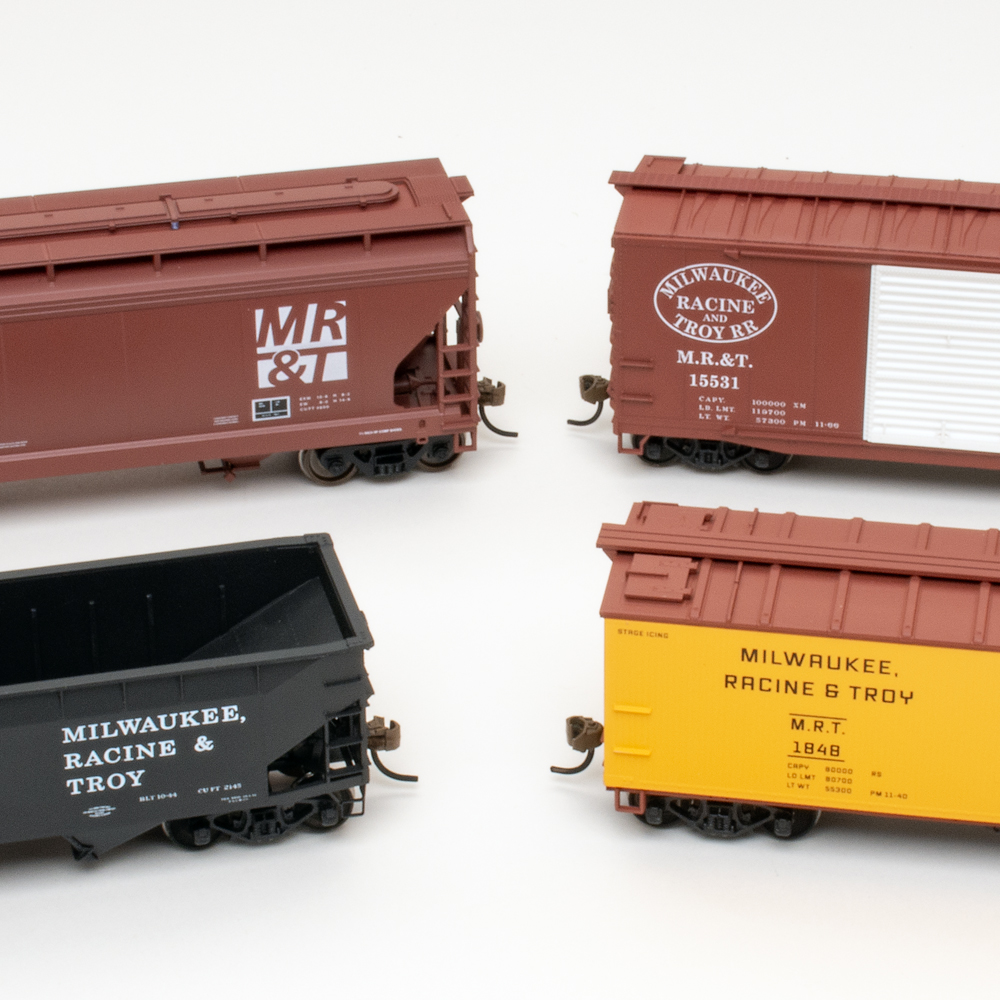
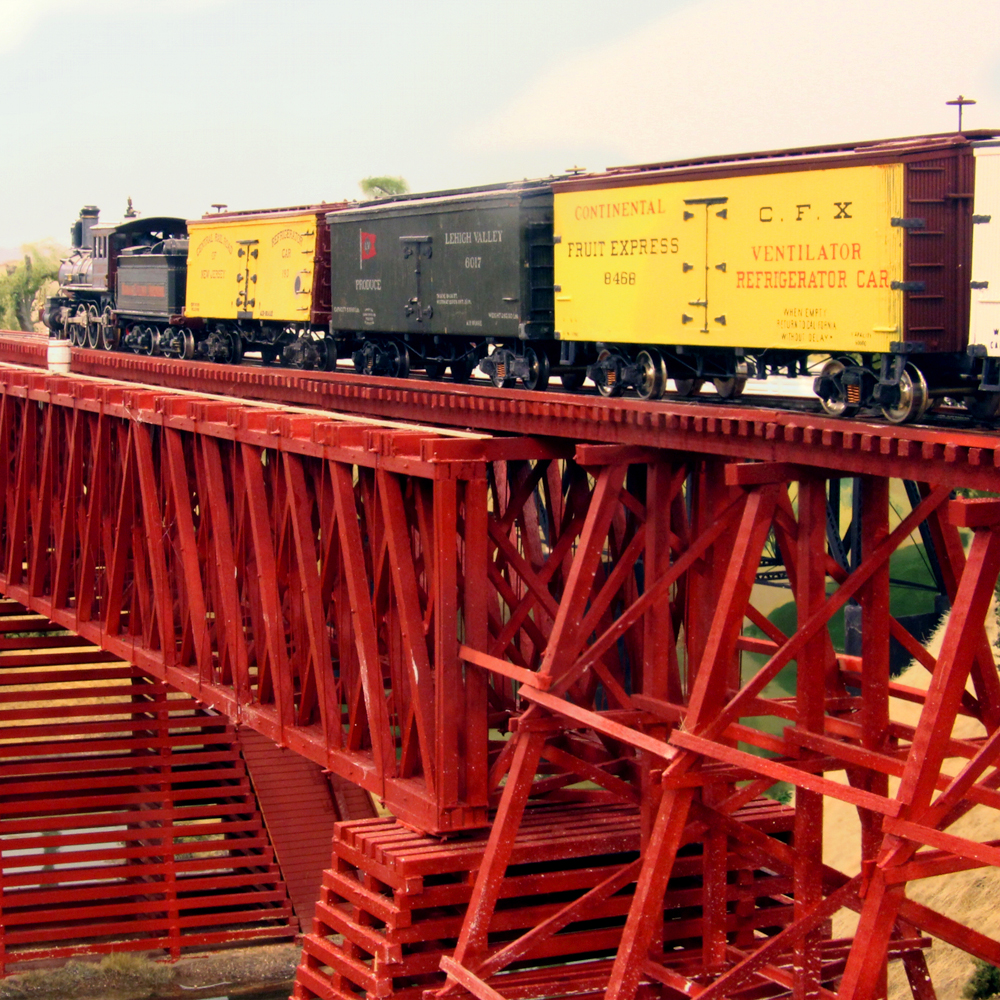




Good to know